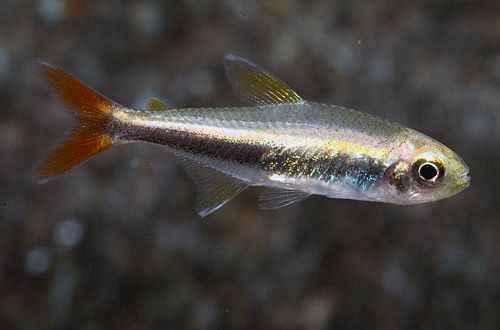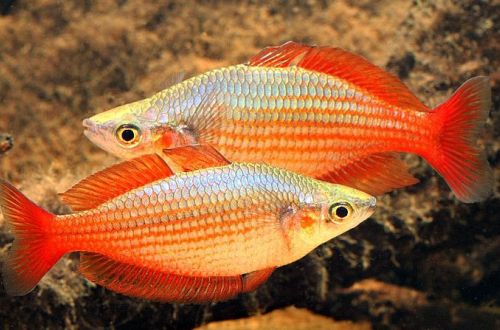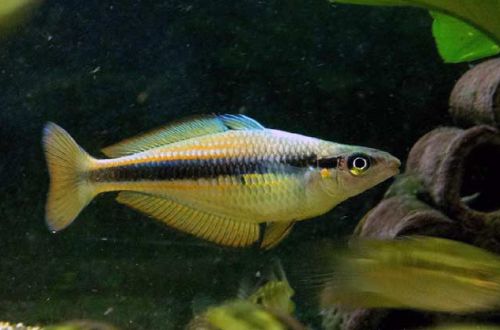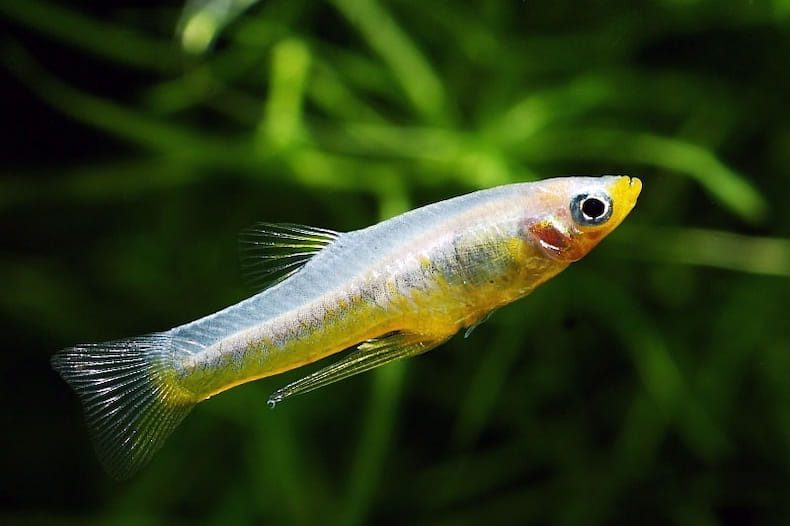
Girardinus metallicus
Girardinus metallicus, scientific name Girardinus metallicus, belongs to the Poeciliidae family. Once (at the beginning of the XNUMXth century) a fish quite popular in the aquarium trade, due to its incredible endurance and unpretentiousness. Currently, it is not often found, largely due to its unprepossessing appearance, and then mainly as a source of live food for other predatory fish.

Contents
Habitat
It comes from the islands of the Caribbean, in particular, wild populations are found in Cuba and Costa Rica. Fish live in stagnant water bodies (ponds, lakes), often in brackish conditions, as well as in small rivers and ditches.
Brief information:
- The volume of the aquarium – from 40 liters.
- Temperature – 22-27°C
- Value pH — 6.5–8.0
- Water hardness – soft to hard (5-20 dGH)
- Substrate type – any
- Lighting – any
- Salty water is acceptable (5 grams of salt/1 liter of water)
- Water movement – light or moderate
- The size of the fish is 4–7 cm.
- Meals – any
- Temperament – peaceful
- Content alone or in a group
Description
In adults, sexual dimorphism is clearly expressed. Females are significant and reach 7 cm, while males rarely exceed 4 cm. The color is gray with a silvery belly, fins and tail are transparent, in males the lower part of the body is black.
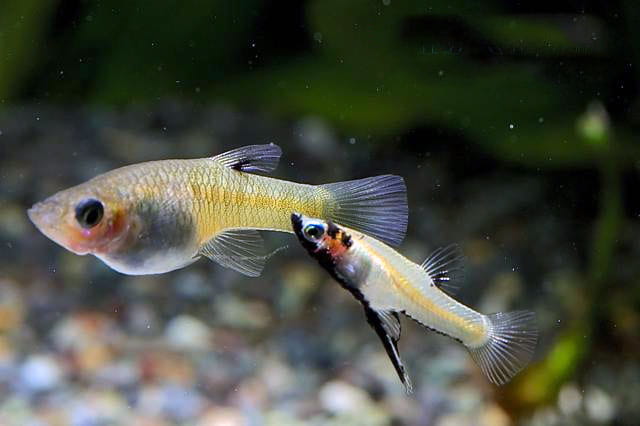
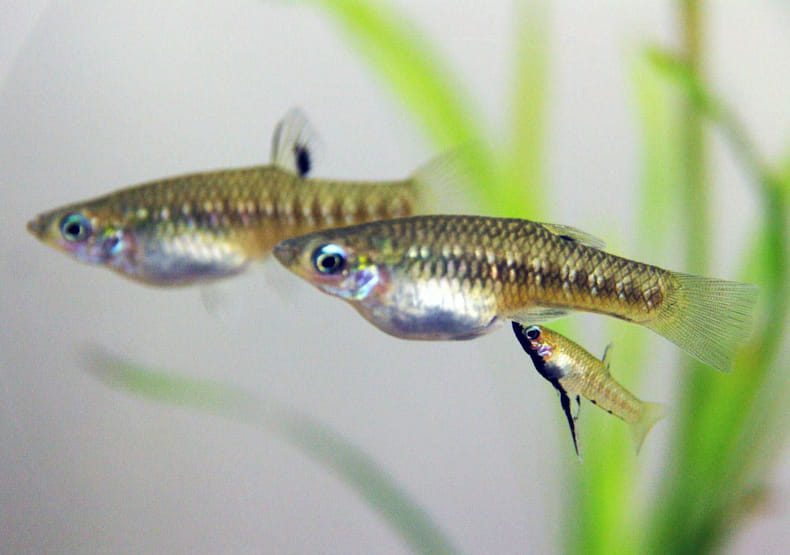
Food
Unpretentious to the diet, they accept all types of dry, frozen and live food of a suitable size. The only important condition is that at least 30% of the feed composition should be herbal supplements.
Maintenance and care, arrangement of the aquarium
The minimum recommended aquarium volume for a Girardinus group starts at 40 liters. The decoration is arbitrary, however, in order for the fish to feel most comfortable, dense clusters of floating and rooting plants should be used.
Water conditions have a wide acceptable range of pH and GH values, so there are no problems with water treatment during aquarium maintenance. It is allowed to keep in brackish conditions at concentrations not exceeding 5 g of salt per 1 liter of water.
Behavior and Compatibility
Exceptionally peaceful and calm fish, perfectly combined with other species of similar size and temperament, and due to the ability to live in various water conditions, the number of possible neighbors increases many times over.
Breeding / breeding
Girardinus metallicus belongs to the representatives of viviparous species, that is, the fish do not lay eggs, but give birth to fully formed offspring, the entire incubation period takes place in the body of the female. Under favorable conditions, fry (up to 50 at a time) can appear every 3 weeks. Parental instincts are poorly developed, so adult fish can eat their own brood. It is recommended that the fry that appear be transplanted into a separate tank with identical water conditions.
Fish diseases
Health problems arise only in case of injuries or when kept in unsuitable conditions, which depresses the immune system and, as a result, provokes the occurrence of any disease. In the event of the appearance of the first symptoms, first of all, it is necessary to check the water for the excess of certain indicators or the presence of dangerous concentrations of toxic substances (nitrites, nitrates, ammonium, etc.). If deviations are found, bring all values back to normal and only then proceed with treatment. Read more about symptoms and treatments in the Aquarium Fish Diseases section.



